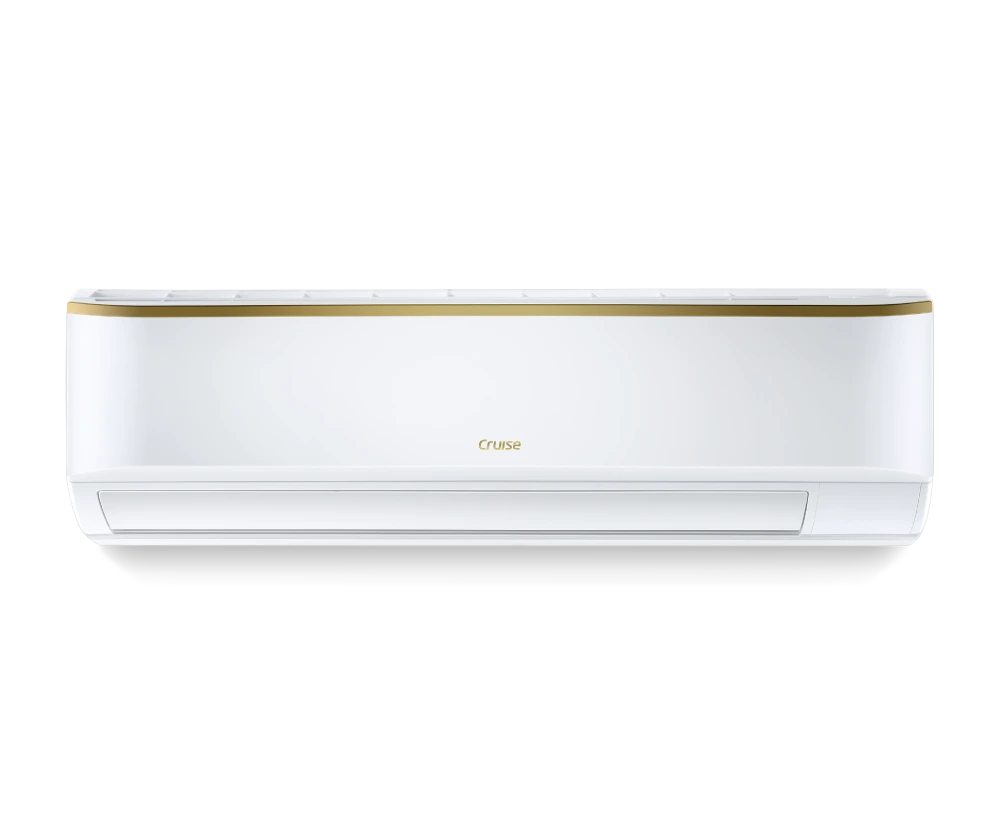Buying a new air conditioner is not just about staying cool during summer. It is about finding the right fit for your home, your usage, and your budget. Split air conditioners have become a preferred choice for many homeowners because they offer strong performance and better energy savings. But before you rush to buy split air conditioners, it is worth understanding what features actually matter and how to choose a model that will serve you well for years.

From choosing the right capacity to understanding inverter vs non-inverter models, this guide covers everything that helps you make a smart, informed decision.
Why Split ACs Are the Go-To Choice
Split air conditioners are preferred for their quiet operation, better cooling coverage, and sleek appearance. Unlike window ACs, split units have separate indoor and outdoor components. This not only makes them quieter but also more efficient in circulating cool air evenly across the room.
They also blend better with modern home interiors and are easier to install in spaces that lack a window for ventilation.
Inverter vs Non-Inverter: Know the Difference
One of the first decisions buyers face is whether to go for an inverter or non-inverter model. Both cool the room effectively, but how they work and impact your electricity bill is different.
- Inverter ACs come with variable speed compressors. They adjust cooling levels automatically based on room temperature. This makes them energy-efficient and perfect for long-term usage.
- A non-inverter AC 1.5-ton runs at a fixed speed. It switches on and off to maintain the temperature, which uses more power but comes with a lower price tag.
If your AC usage is limited to a few hours daily or just during peak summer months, a non-inverter model could still be a smart pick without breaking the bank.
Is 1.5-Ton the Right Fit for Your Room?
Choosing the correct tonnage ensures your AC performs well without wasting energy. A 1.5-ton split AC is typically ideal for rooms sized between 140 and 180 square feet. This makes it a popular option for bedrooms, home offices, and small living rooms.
Going smaller means your AC will struggle to cool. Going bigger could lead to energy waste and higher costs. Always check your room size and insulation before making a decision.
What to Look for in the Best Split Air Conditioners
When evaluating the best split air conditioners, don’t just focus on brand names or discounts.
Look at practical features that enhance both performance and longevity:
- Star rating for energy efficiency
- Copper condenser coils for faster cooling and durability
- Dust and anti-bacterial filters for cleaner air
- Auto-restart and sleep modes for convenience
- Low noise levels for better comfort
Also, consider whether the AC has a good service network, warranty coverage, and easy-to-replace parts.
Trusted Brands Make a Difference
While there are many AC brands in the market, few are built specifically for Indian conditions. Cruise AC, for example, has been a pioneer in tropical air conditioning technology. Their split ACs offer advanced cooling, sleek design, and performance that’s tested for extreme heat.
Whether you need an inverter model or a non-inverter AC 1.5-ton, Cruise offers reliable options designed to meet your home’s cooling needs.
Final Thought
Buying an AC isn’t just about summer survival—it’s about comfort, savings, and durability over the years. If you're planning to buy split air conditioners, take time to understand what fits your space, usage pattern, and budget.
And when in doubt, go with brands that bring innovation, performance, and peace of mind together.
Comments on “A Quick Guide Before You Buy a Split Air Conditioner”